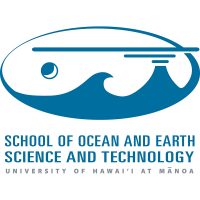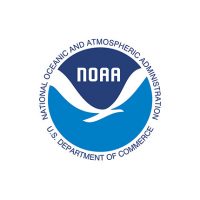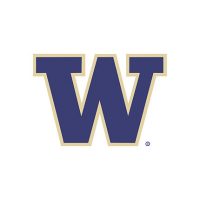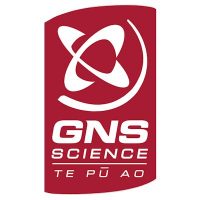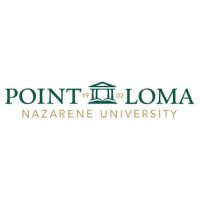Volcanoes are awesome. Above water they are imposing and strong, but put them under the ocean and their spectacle is simply hypnotic. Thousands of submarine mountains lay scattered throughout the deep oceans and nearly all of them are volcanoes. It may not come as a surprise that very few active or recently active submarine volcanoes have been studied, especially in the deep sea, due to the remote and difficult conditions in which they are found. This November, Dr. Rubin and the research team will get the opportunity to return to one of the most active underwater volcano sites in the world, the Mata Volcano group. Located in the Pacific in waters off of Tonga, the Northeast Lau basin and adjacent Tofua arc are an excellent natural laboratory containing perhaps the largest number of individual, closely-spaced volcanoes globally (an estimated 30 discrete volcanoes in a 50 x 50 km area).
A Chain of Volcanoes
Aboard R/V Falkor, the group will head straight to the volcanic region to obtain a detailed geological understanding of up to 12 different submarine volcanoes. What makes this expedition unique is that the team will attempt to do this across a suite of volcanos for the very first time. The idea is that neighboring volcanoes eject larvae or produce refugea, so that when one is erupting species move between the volcanoes. The goal is to reveal the interplay between volcanic and hydrothermal activity, and the evolving seafloor ecology. The team will construct a recent history of each volcano and how it has been colonized, identifying why each submarine volcano is present, how long it took to form, and how it developed and maintains hydrothermal activity.
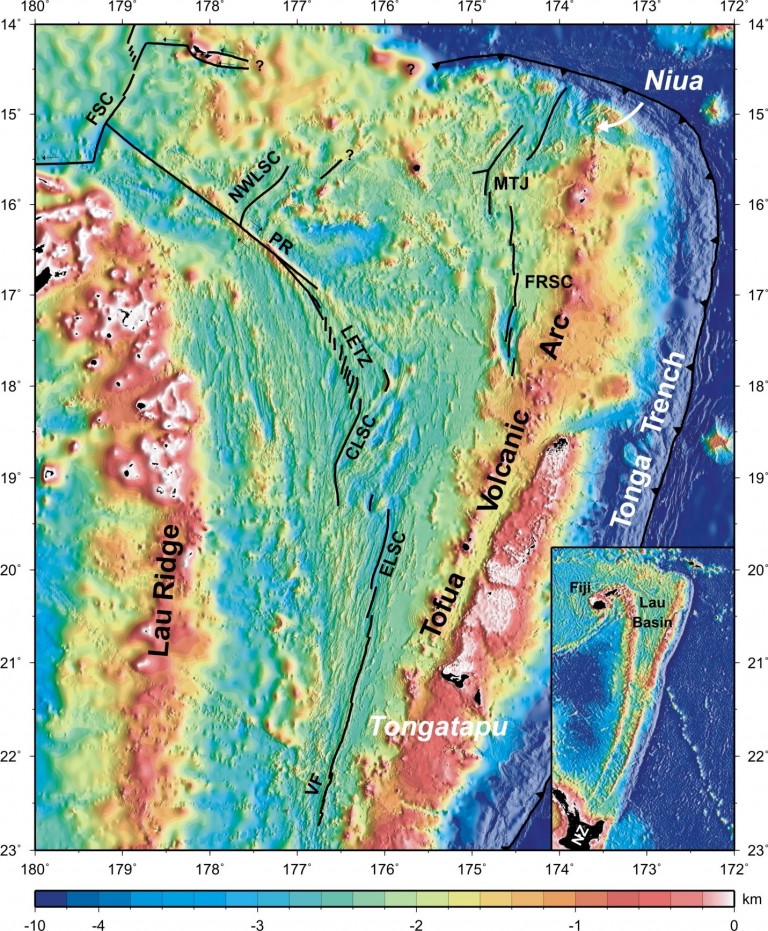
Robot Discoveries
West Mata and the volcanoes around it offer a rare opportunity to examine active volcanic processes and this multidisciplinary study will be there to document them with several tools for exploration. The scientists will get an in-depth look at the products of volcanic eruptions, including lava flows, broken fragments, and hydrothermal chimneys.
The first step will be to create high resolution bathymetric and backscatter maps to identify dive targets. Backscatter is the amount of acoustic energy being received by the sonar, which gives insight into the seafloor composition. Falkor’s multi-beam mapping capabilities will uncover details of volcanic, tectonic and hydrothermal structures. The maps will be used to guide underwater robotic vehicles on the bottom of the ocean and in the water column, and to compile information to examine hydrothermal plumes.
Using an Autonomous Underwater Vehicle (AUV), geophysical and water chemistry data will be collected as well as higher resolution imagery so that the team can target selected chimneys. Fluid temperature and chemistry play a major role in determining which organisms, both microbes and macro-fauna, live in certain areas. Measuring water properties such as temperature, pH, and oxygen concentration provides critical insight into the tectonics, magma geochemistry, and fluid chemistry.
Following the AUV leg, scientists will go back and dive on selected vents with Remotely Operated Vehicle (ROV) SuBastian. Taking high 4K video and samples of lava and pyrocalsts (volcanic fragments) will allow the team to reconstruct eruption conditions and magma properties. Biological and chemical samples will provide a better look at the microbiology of the vent fluids and biota. Expedition scientists will use the chimney and biota sampling to understand geographic, tectonic, and rock chemistry influences on the various vents and their associated fauna.
Underwater Surprises
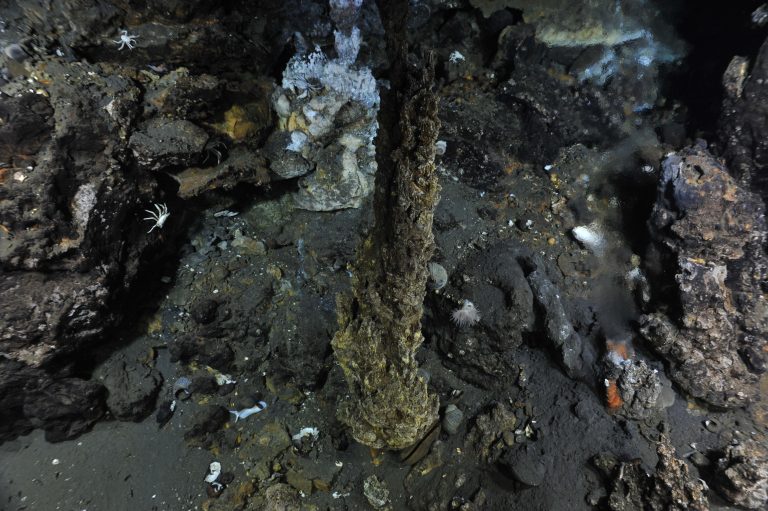
What makes this expedition extra special is the chance of seeing an erupting underwater volcano in real time. There is a small chance that West Mata will be going off during the expedition, and so far is the only place globally where scientists have seen lava flowing across the sea bed. Regardless of the volcanic activity, this research will make important strides in building an integrated ecosystem level history of several volcanoes. Five weeks might seem like a long time, but scientists and crew will need every second to follow the volcanic clues that the Tongan Sea has scattered along Falkor’s route.
Partial support for this expedition comes from the NOAA Ocean Exploration and Research Program and the NOAA Pacific Marine Environmental Laboratory.
Data & Publications
The resulting shipboard dataset is being archived at Rolling Deck to Repository and is now available. CTD, ADCP, and navigational data are also available on NOAA’s NCEI.
Bathymetry from Falkor, Navigation from ROV SuBastian, and Backscatter, Chemistry Fluid data and Pressure, Temperature, and Navigation data from AUV Sentry have been archived and can be downloaded at MGDS.
All of the rock samples collected by ROV SuBastian have been given International Geosample Numbers (IGSNs). This spreadsheet details each sample and provides the link to more details of each geosample.
ADCP data is curated and archived by University of Hawaii.
- 30 day Preliminary Cruise Report: Underwater Fire
- Final Cruise Report: Underwater Fire: studying the submarine volcanoes of Tonga
- Chadwick, Jr., W., Rubin, K., Merle, S., Bobbitt, A., Kwasnitschka, T., and R. Embley. (2019). Recent Eruptions Between 2012 and 2018 Discovered at West Mata Submarine Volcano (NE Lau Basin, SW Pacific) and Characterized by New Ship, AUV, and ROV Data. Front. in Mar. Sci. 6:495, doi: 10.3389/fmars.2019.00495.
- Walker, S., Baker, E., Lupton, J., and J. Resing. (2019). Patterns of Fine Ash Dispersal Related to Volcanic Activity at West Mata Volcano, NE Lau Basin. Front. Mar. Sci., 6:593, doi: 10.3389/fmars.2019.00593.
- Embley, R., and Rubin, K. (2018). Extensive young silicic volcanism produces large deep submarine lava flows in the NE Lau Basin. Bulletin of Volcanology, 80:36, pp23, doi: 10.1007/s00445-018-1211-7.
- Anderson, M., Norris-Julseth, C., Rubin, K., Haase, K., Hannington, M., Baxter, A., and Stewart, M. (2021). Geologic and Structural Evolution of the NE Lau Basin, Tonga: Morphotectonic Analysis and Classification of Structures Using Shallow Seismicity. Frontiers in Earth Science, 9:665185, doi: 10.3389/feart.2021.665185.[This article was published as OPEN ACCESS with support from SOI].
- Wang, H., Wang, W., Liu, M., Zhou, H., Ellwood, M., Butterfield, D., et al. (2022). Iron ligands and isotopes in hydrothermal plumes over backarc volcanoes in the Northeast Lau Basin, Southwest Pacific Ocean. Geochimica et Cosmochimica Acta, 336, doi: 10.1016/j.gca.2022.09.026.
Live ROV Footage
ROV SuBastian live from the Pacific Ocean in the Tonga Arc Region
In the News
PMEL Joins R/V ‘Falkor’ for Submarine Volcanoes of Tonga Survey
Hydro-International • November 20th, 2017
PMEL joins the R/V Falkor to study the submarine volcanoes of Tonga
Pacific Marine Environmental Laboratory • November 17th, 2017
Submarine Volcanoes Reveal Important Insight Into Histories of Formation
NB Herald • December 22nd, 2017
Underwater Fire – Exploring Submarine Volcanoes
Marine Professionals • December 24th, 2017
Submarine Volcanoes Reveal Important Insight Into Histories of Formation
The Daily Telescope • December 25th, 2017
Underwater Fire – Exploring Submarine Volcanoes
MarineLink • December 26th, 2017
Underwater Fire – Exploring Submarine Volcanoes
SevenSeas • January 10th, 2017
